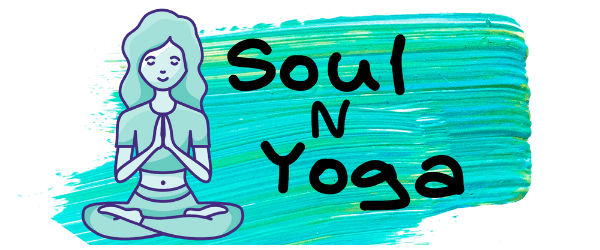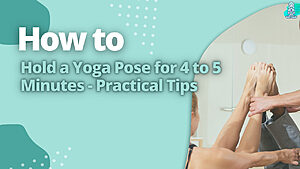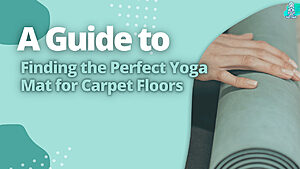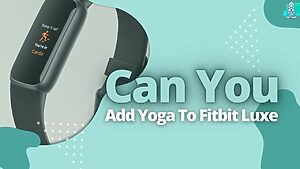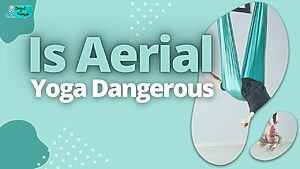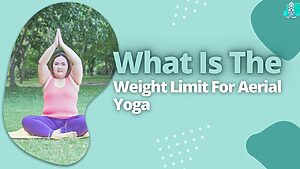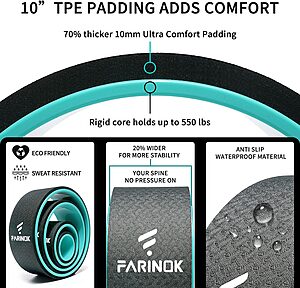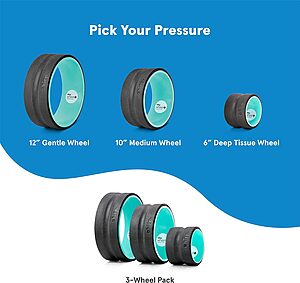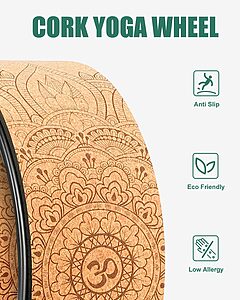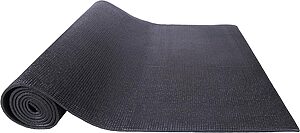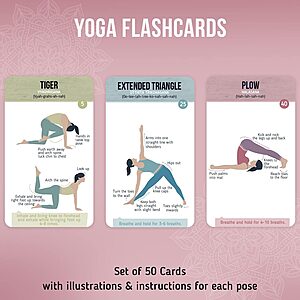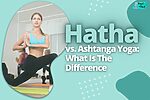Yoga is a great way to improve flexibility and strength, but there are many different types.
How do you know which one is right for you? Iyengar and Ashtanga yoga are two of the most popular types of yoga, but they are quite different.
This blog post will explore the differences between Iyengar and Ashtanga yoga to help you decide which one is right for you.
Key Takeaways
- Iyengar yoga is a variety of Hatha yoga that places a focus on each pose’s alignment and precision.
- Ashtanga yoga is a more vigorous form that links breath with movement.
- The style of yoga known as Iyengar is named after its creator, B.K.S. Iyengar, who created it in the 1970s.
- Ashtanga yoga was popularized by Pattabhi Jois, who founded the Ashtanga Yoga Research Institute in 1948.
- Iyengar yoga is generally considered a more therapeutic form of yoga. In contrast, Ashtanga yoga is more geared toward fitness and cardiovascular health.

What’s The Difference Between Iyengar And Ashtanga Yoga
A type of Hatha yoga is Iyengar yoga. It’s also a form of Vinyasa yoga, Ashtanga yoga, and Bikram yoga. Iyengar means “proper alignment” in Sanskrit, and the practice focuses on alignment with the body to enhance your experience in the pose.
The teacher teaches the poses to their students individually, so it’s very individualized from person to person based on their own needs and weaknesses.
Iyengar teachers are trained to identify these things in you so that they can adjust your posture accordingly during class or even at home when you’re practicing on your own with them over Skype.
Ashtanga Yoga Is A Physically Demanding Practice
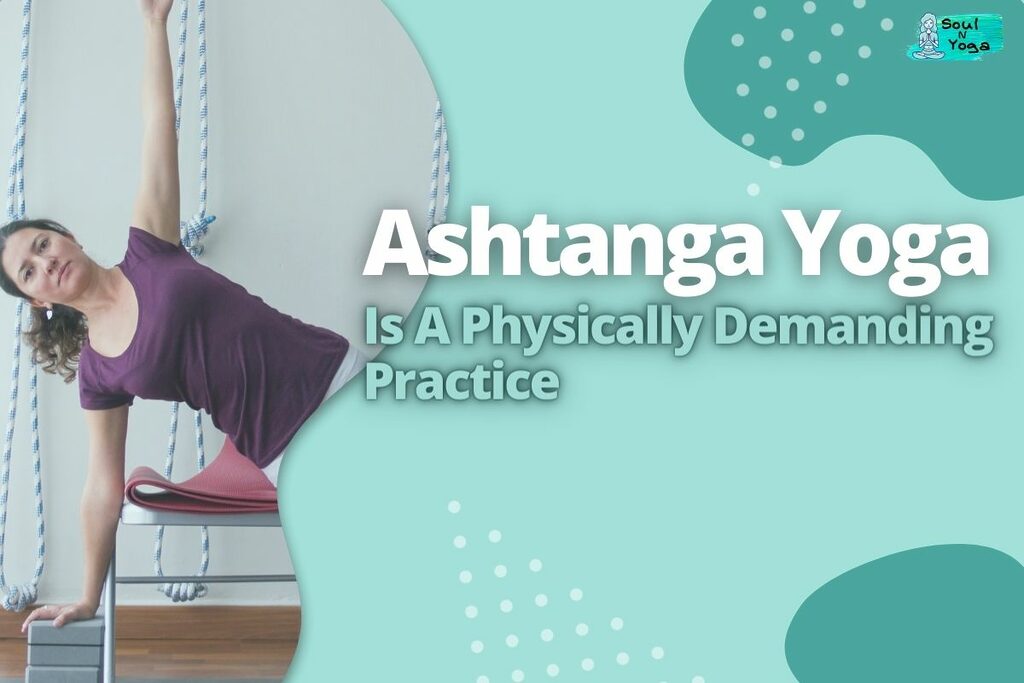
Ashtanga yoga is a strenuous exercise routine that includes a predetermined order of poses. Ashtanga is also sometimes called power yoga or vinyasa flow.
It was developed by Pattabhi Jois in the 1930s and is characterized by continuous movement from one pose to another.
This type of yoga is known for focusing on proper alignment, breath control, and concentration on specific parts of each pose.
Iyengar Yoga Emphasizes Precision And Alignment In The Poses
Iyengar yoga is known for its focus on precision and alignment. In Iyengar yoga, each pose is held for longer and performed slowly with attention to detail.
The poses are performed to ensure the body is working as it should, so you’ll be able to identify which parts of your body need more work and what you can do about it.
As with Ashtanga yoga, Iyengar emphasizes an active practice: if you can’t perform a pose without help from props like straps or blocks (and some people can’t), then use them.
This will help keep your spine aligned properly while increasing strength in different body areas.
Iyengar Yoga Uses Props Such As Blankets, Blocks, And Straps
Iyengar Yoga, unlike Ashtanga, uses props to help students achieve proper alignment.
Props such as blankets, blocks, and straps help students balance, flexibility, and stability during their practice. These props can be used in a variety of ways:
- To help with posture and alignment.
- To support a student struggling to hold the correct position or maintain balance in their pose.
- For beginners who may not yet have the strength of body needed for certain poses.
Ashtanga Yoga Is Traditionally Practiced Six Days A Week
Iyengar Yoga emphasizes practicing six days a week- which can be difficult to do with Ashtanga if you’re also working full-time or studying full-time.
The sequence begins with sun salutations (Surya Namaskara), followed by standing poses (tadasana) and seated postures (yoga Chitta vritti nirodha).
Each posture is linked by breath, as practitioners inhale during one pose and exhale during the next.
The entire sequence should take anywhere between 20 minutes to 1 hour depending on how far along you are in your practice; beginners will typically start at around 45 minutes – 1 hour, while seasoned practitioners may be able to complete it within 30 minutes – 45 minutes or less.
Both Styles Of Yoga Are Beneficial For Building Strength, Flexibility, And Concentration
Iyengar and Ashtanga yoga are beneficial for building strength, flexibility, and concentration. Both styles of yoga can help you achieve a sense of calmness and relaxation.
Both styles of yoga can help you feel more relaxed and clear-headed. It’s important to note that while Iyengar is often practiced in groups (and sometimes even done with others), it’s also possible to practice alone.
This allows you to focus on your form without worrying about others around you distracting or influencing your movements.
It also makes it easier for beginners who may not have had much group class experience.
What Are The Benefits Of Each Type Of Yoga?
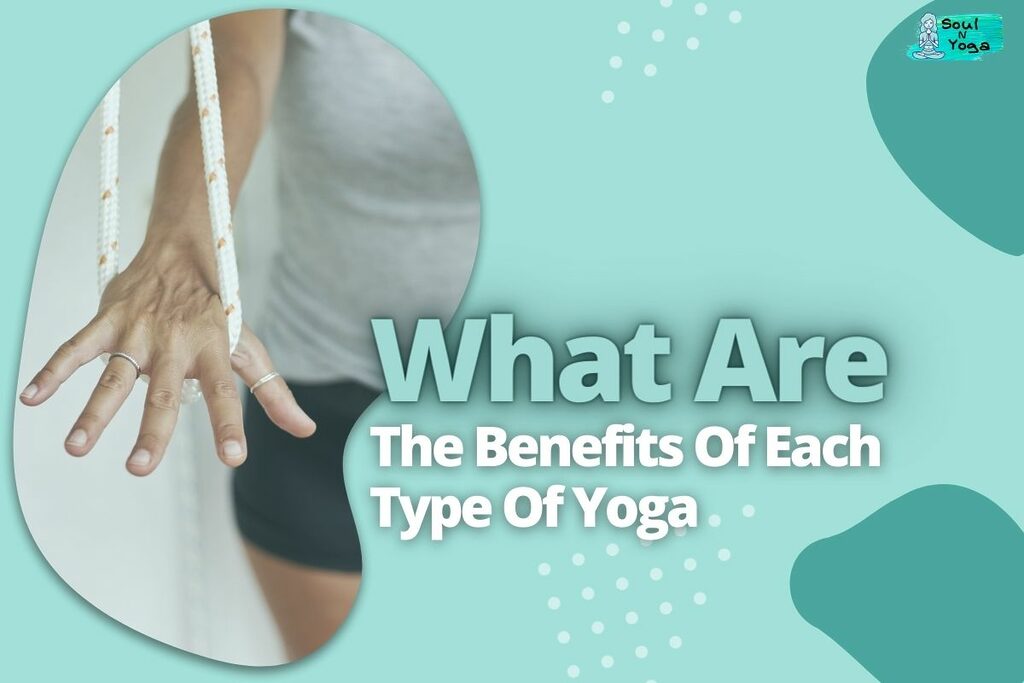
Iyengar Yoga is a great option for students who are new to the practice and want to focus on building a strong foundation of mindfulness, alignment, body awareness, and breath. It’s also an excellent choice for those looking to improve their flexibility.
This style of yoga uses props like blocks and blankets to help support you as you move your body into different asanas (poses).
These classes will be slower paced than Ashtanga Yoga because the teacher takes time with each pose.
The purpose here is not speed but precision in alignment so that you develop greater control over your body and mind. Iyengar teachers have been known to say that “practice makes permanent,” so if you’re looking for lasting change—as opposed to just moving through a sequence quickly—this might be a good place for you to come back week after week.
Which Type Of Yoga Is Right For Me?
Iyengar yoga is a good choice for beginners because it’s easier to hold poses, and it’s beneficial for people with injuries. It generally takes more time than Ashtanga yoga.
Ashtanga yoga is a good choice for experienced students because it focuses on strength and flexibility, which can be difficult to master as you progress through the series.
If you have an injury that prevents you from doing certain poses in other types of yoga, this might be your best bet.
If you still aren’t sure which style will be most effective for your needs, experiment with both and see what works best.
How Can I Learn More About Each Type Of Yoga?
To learn more about Iyengar yoga, it can be helpful to talk to a teacher. If you have one in your area, ask them if they’d be willing to show you some poses. Then feel free to ask them questions about the practice and its history.
Suppose you don’t have access to an Iyengar instructor nearby. In that case, there are plenty of resources online to learn more about the subject.
Here’s one article from The Guardian that talks about the difference between Iyengar and Ashtanga yoga (and includes links). It’s also worth reading some books on the topic if that interests you.
Conclusion
The main difference between Iyengar and Ashtanga yoga is the focus on alignment in Iyengar yoga and the flowing movement in Ashtanga yoga. Iyengar yoga is a good choice for beginners because of the slower pace and emphasis on detailed alignment.
Ashtanga yoga is a more advanced practice that includes faster flows and more challenging poses.
If you’re interested in learning more about these two types of yoga, check out our other articles. And don’t forget to follow us on social media for updates.
We encourage you to continue your research and decide which type of yoga is right for you.
Frequently Asked Questions
Which style of yoga is more suitable for beginners?
Both styles of yoga are suitable for beginners. Still, Iyengar yoga is a slower-paced practice that lends itself well to new students.
What are the benefits of practicing Iyengar Yoga?
There are many benefits to practicing Iyengar yoga, including strengthened muscles and joints, improved flexibility, deeper breathing techniques, and a sense of peace.
What are the benefits of practicing Ashtanga Yoga?
Ashtanga yoga is a more advanced form that offers many benefits, including increased flexibility, strength and stamina, improved posture, and balance.
How do I decide which type of yoga is right for me?
If you’re interested in practicing yoga, it’s important to do your research and find a style best suited to your needs. After you have chosen a style, be sure to consult with an instructor or study instructional videos before beginning practice.
My name is Mugen Seki, and I’m a painter and yoga enthusiast who is passionate about bringing together art and exercise in ways that help people connect with their inner selves. When I’m not painting, I’m practicing yoga. And when I’m not doing either of those things, I’m usually thinking about them.
- How to Hold a Yoga Pose for 4 to 5 Minutes – Practical Tips
- A Guide to Finding the Perfect Yoga Mat for Carpet Floors
- Can You Add Yoga To Fitbit Luxe (Unlock the Power)
- Can You Add Yoga To Garmin Vivoactive (Yoga On The Go)
- Is Aerial Yoga Dangerous (The Scary Truth)
- What Is The Weight Limit For Aerial Yoga (Exploring The Possibilities)
